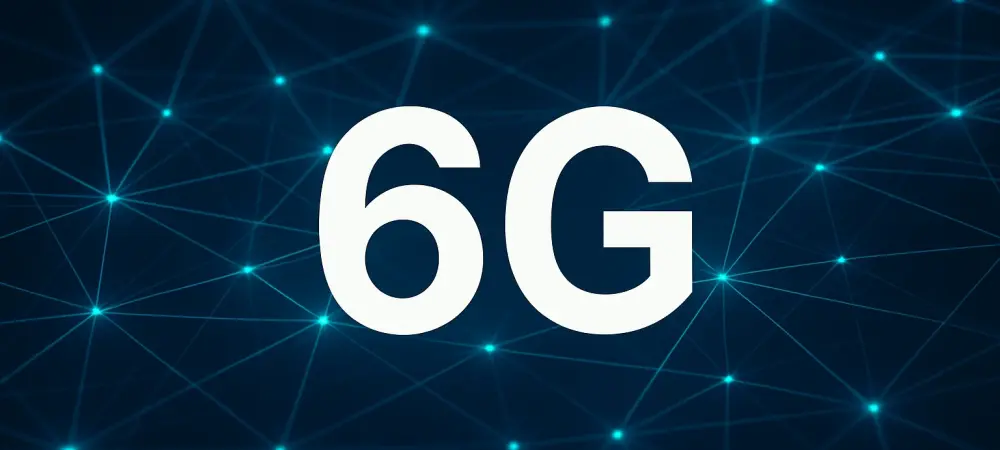As the telecommunication industry advances beyond the capabilities of 5G, the 6G Network X conference in Dallas, Texas, emerges as a significant event, underscoring the juncture between innovation and energy efficiency. Key stakeholders from both academia and the industry convened to explore this balance, pivotal for meeting the demands of an AI-driven future. The conference’s primary focus revolved around making 6G networks more energy-efficient while sustaining the ability to provide innovative services and generate new revenue streams.
Key Takeaways from the 6G Summit
The summit hosted numerous discussions, each aimed at dissecting the fine balance between groundbreaking technological progress and energy conservation within 6G networks. Among the essential insights was the recognition of energy efficiency’s role in reducing operational costs while maintaining an innovative edge. By fostering collaboration, the summit highlighted the ongoing need to integrate energy efficiency into network design, rather than treating it as a secondary goal.
Expert Insights: Merging Efficiency and Technological Advancements
Speakers at the summit, including researchers and industry experts, presented their findings on leveraging AI and machine learning for more efficient energy usage in 6G networks. Topics covered ranged from reducing the power draw of telecom infrastructures to optimizing radio access networks. Innovations such as putting base stations into sleep modes during low-usage periods were showcased as steps toward achieving lower power consumption.
Engaging Panels: Deliberating Future Directions
Key panel discussions brought varied perspectives to the floor, challenging participants to consider diverse solutions for the challenges ahead. Debates often centered around sustainability, with some voices concerned it was becoming a lower priority, despite its necessity. These discussions underscored that the industry must reconcile the goal of sustainability with relentless innovation to meet future demands.
Interactive Sessions: Educating and Inspiring the Audience
Workshops and interactive sessions provided engaging learning opportunities, offering practical insights into energy-efficient design. Attendees participated in demonstrations, exploring real-time applications and contributing their creative solutions. These sessions exemplified how active engagement can facilitate the groundbreaking ideas needed for the evolution of 6G infrastructure.
Technological Debuts: Innovations Leading the Charge
New technologies unveiled at the summit indicated promising paths toward energy-efficient network applications. The exhibition highlighted energy-saving advancements in equipment, such as increased amplifier efficiency and faster network wake-up capabilities. Participants got a glimpse of the future, where cutting-edge innovation seamlessly intersects with energy conservation efforts.
The Road Ahead: Long-Term Implications for 6G Networks
The summit concluded with a collective acknowledgment of the critical role energy efficiency will play in shaping the future of 6G networks. The conference left participants with a profound understanding of the relationship between technological advancements and sustainability. Through continued collaboration and research, stakeholders aim to drive down power consumption and elevate operational efficiency. Looking forward, a key insight from the event was the realization of a network that combines connectivity with intelligence, adapting effortlessly to the needs of both humans and AI. Future efforts will need to ensure that every layer of network design aligns with efficiency goals, heralding an age of sustainable connectivity. The event laid crucial groundwork, poised to influence research and development, encouraging sustained commitment to energy-efficient innovation within the telecommunications sphere.

